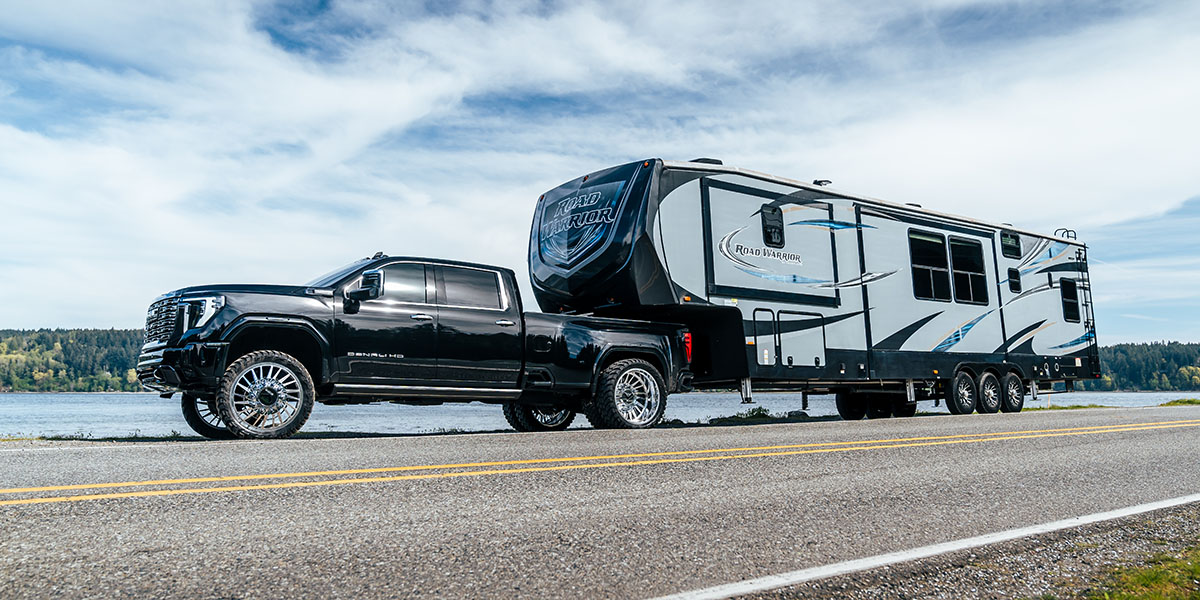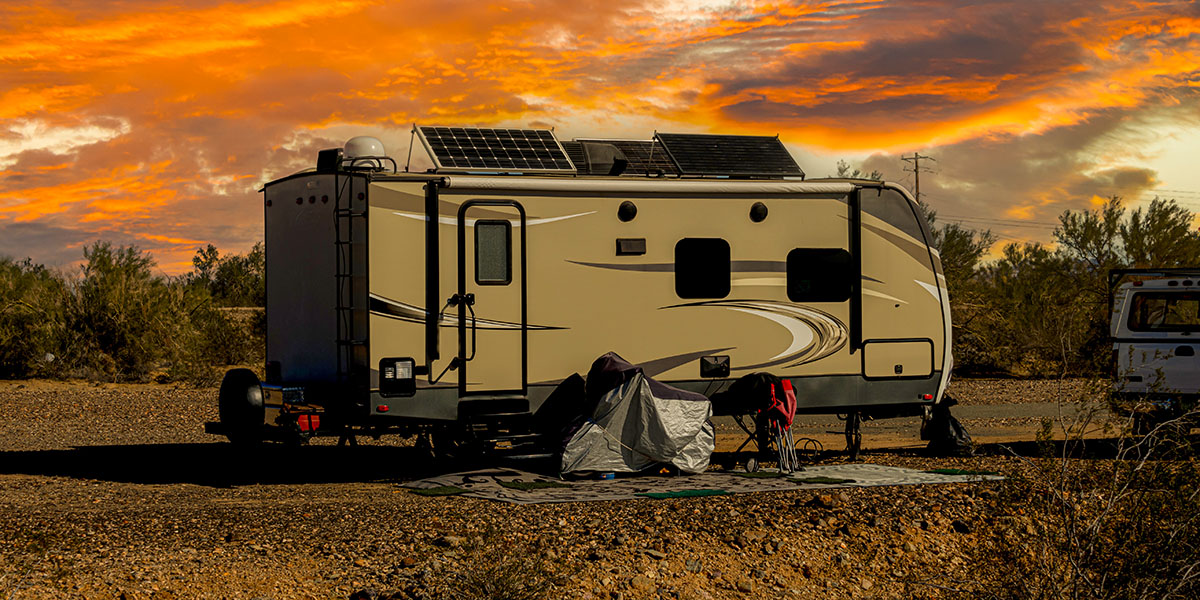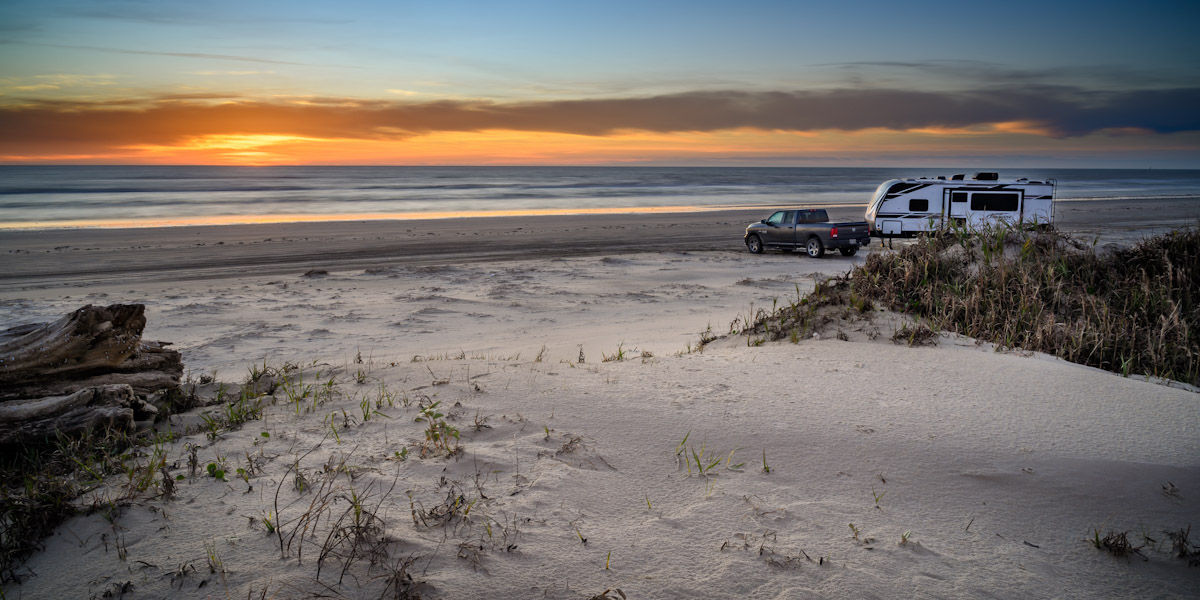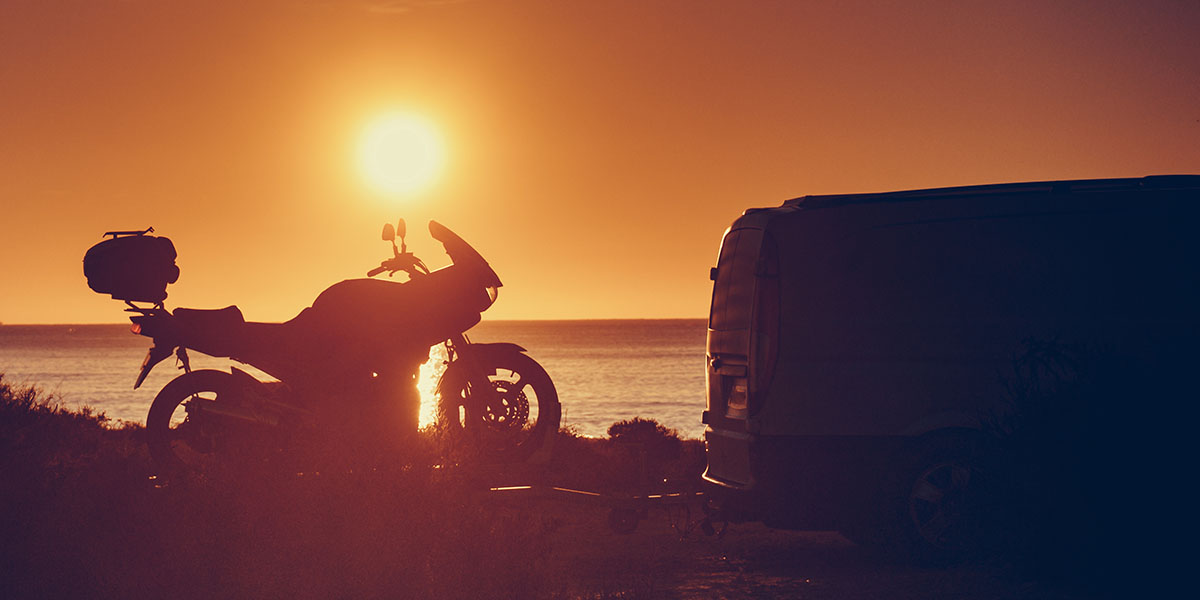If you’re looking to sell your toy hauler, now is a great time. The RV lifestyle is booming, and toy haulers are carving out a serious niche in the market. According to Statistical Surveys, RV registrations dipped slightly in May 2025 (from 37,629 units to 39,856 in 2024), but towables remain resilient. In fact, manufacturers are shipping more units overall (161,373 for the year-to-date), showing strong confidence in demand.
At the same time, RV ownership is trending younger and more diverse. The median age for RV owners is now 49. About 36 percent of these owners are first-timers — many of whom are attracted to the flexibility toy haulers offer. Whether it’s carrying ATVs, motorcycles, or serving as a dual-purpose family camper, toy haulers are becoming the go-to choice for adventurous buyers.
That’s good news if you’re selling yours. So, let’s talk about how you can best showcase features buyers are looking for as you plan to sell your toy hauler.
What Buyers Want — and How to Highlight It
When crafting your RV Trader listing, it’s not just about saying “for sale.” It’s also about telling the story of your rig. Here are key details to include, and why they matter to toy hauler buyers:
1. Garage Layout and Dual-Purpose Design
What to mention: Spacious garage with convertible furniture or a lounge setup.
Why it matters: The garage is the heart of a toy hauler. Buyers want to know they can haul their motorcycles or ATVs and still enjoy comfortable space once they’re parked. Calling out multi-use features like fold-down seating or extra sleeping space shows your rig adapts to both play and relaxation.
2. Load Capacity and Structural Features
What to mention: Reinforced frame, suspension upgrades, or a specific cargo weight rating.
Why it matters: Peace of mind is huge for buyers hauling thousands of pounds of gear. Highlighting load capacity and structural reinforcements assures them your toy hauler is safe, sturdy, and built to handle heavy-duty use — key factors when families or groups are investing in adventure-ready rigs.
3. Condition of Ramp, Seals, and Flooring
What to mention: Recent seal replacements, flooring condition, or ramp maintenance.
Why it matters: Wear and tear in these areas can be deal-breakers. By showing your ramp and seals are in good shape, you ease worries about leaks, water damage, or costly repairs. Buyers will feel more confident making an offer knowing they won’t face hidden maintenance right after purchase.
4. Living Space Amenities
What to mention: Kitchen appliances, comfortable seating, entertainment features.
Why it matters: Buyers aren’t just looking for a garage on wheels — they want a home-away-from-home. This is especially true in the case of fifth-wheel toy haulers. Listing your appliances, entertainment systems, and comfort upgrades helps buyers imagine themselves using the space for both travel and downtime, making your toy hauler more appealing for families and weekend warriors alike.
5. Tech and Off-Grid Readiness
What to mention: Solar prep, larger holding tanks, onboard fueling stations, lithium battery upgrades, Wi-Fi boosters.
Why it matters: With more buyers working remotely and seeking off-grid adventures, features that support energy independence and connectivity are in high demand. Think about it: This lines up pretty neatly with people who want to play outdoors. Highlighting these upgrades positions your toy hauler as future-ready and attractive to younger buyers who expect modern conveniences in their adventures.
6. Usage and Maintenance History
What to mention: How often it was used, where, and details of recent servicing.
Why it matters: A transparent maintenance record is one of the most powerful trust-builders. Buyers want to know how your RV has been used — light local camping or long-haul trips — and that it’s been properly maintained. This kind of honesty reassures them they’re getting a well-cared-for rig rather than inheriting someone else’s problems.
7. High-Quality Photos
What to mention: A full gallery of the garage, living space, kitchen, and exterior.
Why it matters: Photos aren’t just eye candy — they set expectations. A detailed gallery helps buyers visualize how they’ll use the space and prevents wasted time for both sides. On RV Trader, high-quality photos also mean your listing stands out among the crowd, grabbing attention before others do.
8. Competitive Pricing
What to mention: Pricing based on J.D. Power values or current market data.
Why it matters: Buyers are savvy — they do their homework before reaching out. If your price is supported by trusted sources like J.D. Power, through RV Trader’s Valuation Tool, or current market listings, it signals fairness and credibility. This not only attracts more serious inquiries but also reduces back-and-forth negotiations.
Why RV Trader Is the Place to List
RV Trader isn’t just another marketplace. It’s where buyers go when they’re serious about finding their next rig. With tools to help you price competitively, add photo galleries, and reach a wide pool of adventure-ready buyers, RV Trader helps you put your toy hauler in the spotlight. Highlighting the right details — garage versatility, off-grid features, condition, and comfort — paired with RV Trader’s reach gives your listing the edge.
When selling your toy hauler, focus on the features that matter most to today’s buyers: flexibility, durability, comfort, and tech-readiness. The more detail you provide, the easier it is for buyers to see your rig as the perfect fit. With RV Trader as your marketplace, you’ll not only reach the right audience — you’ll connect with buyers ready to hit the road on their next adventure.









